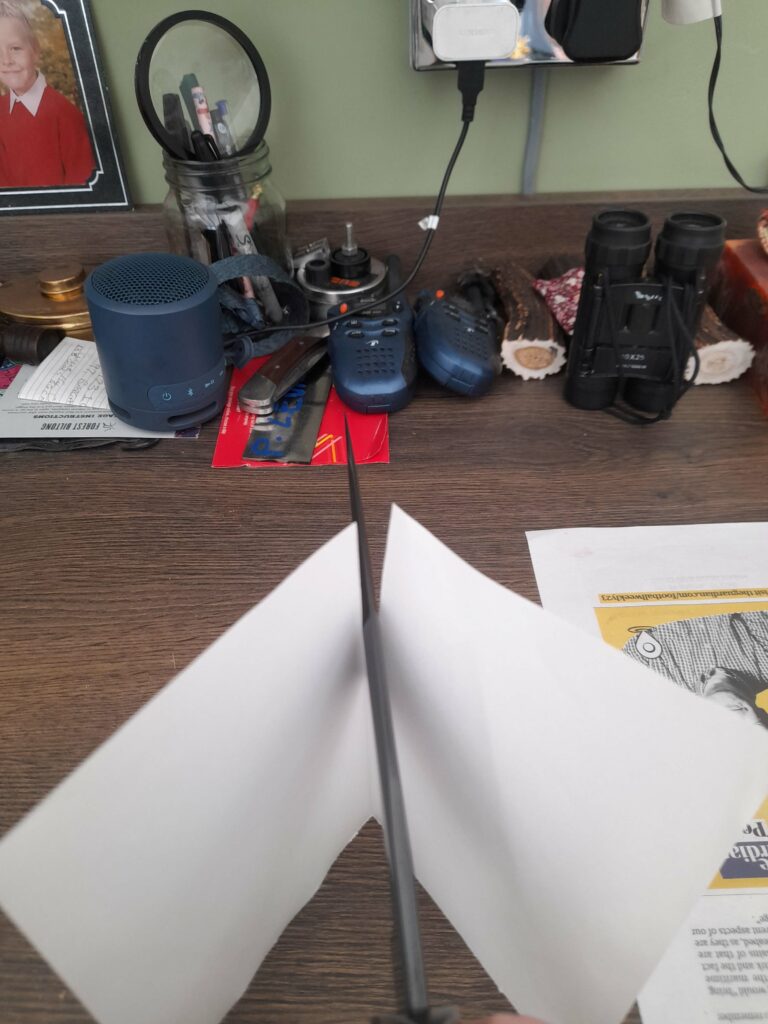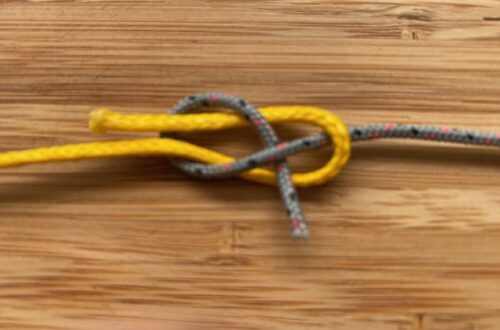Survival Knife : Best Tips for Maintenance and Mastery
“Your knife is your life”: You’re only as sharp as your knife and your survival knife is the one that you have on you at the time. Stephen Nowacki.

Taking care of your knives and using them correctly is essential for their longevity and your safety. Knives are versatile tools, but they have their limits. In this comprehensive guide, we’ll provide valuable advice on knife care and usage to help you make the most of your tools while ensuring their durability.
Section 1: Proper Knife Usage
- Select the Right Tool for the Job:
- Understand that knives are cutting tools, not multi-purpose tools like axes or hammers.
- Choose the appropriate knife for the task, considering the size and hardness of the material to be cut.
- Avoid using a knife for tasks better suited for specialized tools, such as splitting logs.
- Avoid Battening:
- Battening (using a knife to split logs) should be limited to small pieces for firewood.
- Using a knife for heavy battening can damage the blade and is not recommended.
- Firesteel Striking:
- Use the spine or back of your knife, not the blade, for striking a ferro rod to light a fire.
- Consider using a dedicated striker for frequent fire-lighting.
- No Digging:
- Never use your knife to dig in the ground, as it can damage the blade, especially if it encounters hard rocks.
Section 2: Knife Maintenance
- Steel Care:
- Know the type of steel your knife is made from (stainless or carbon).
- For stainless steel, regular cleaning and keeping it sharp is sufficient.
- Carbon steel knives require cleaning and oiling to prevent corrosion.
- Accept that carbon steel may develop a patina over time.
- Blade Care:
- Regular maintenance is key to keeping your knife in excellent condition.
- Use fine-grit sharpening and a strop as needed.
- Remember that a working knife will develop a lived-in patina; ie. tarnish through age and exposure).
- Sheath Care:
- For leather sheaths, allow them to dry naturally when wet and use leather balm or saddle oil to maintain their quality.
- Shoe polish can be used to address scuffs.
Section 3: General Care
- Keep It Dry and Clean:
- Hand wash your knife with warm soapy water and avoid abrasive sponges.
- Do not put your knife in the dishwasher or let it soak in water.
- Dry your knife completely using an absorbent towel to prevent staining or corrosion.
- Special Care for Carbon Steel Knives:
- Rinse and dry your carbon steel knife after cutting acidic foods.
- Apply a food-safe, neutral oil like camellia oil to protect the blade and encourage a patina.
- Do not touch the edge directly with your fingers when oiling.
Section 4: Maintenance and Sharpening
- Regular Maintenance:
- We recommend a professional tune-up at least once a year.
- If you don’t sharpen your knives yourself, have them sharpened when they start to feel dull.
- A sharp knife is safer than a dull one.
- Strop and Honing Rod:
- Use a leather strop and honing rod to maintain a sharp and even edge between sharpening.
- Honing rods do not sharpen the knife but help maintain the edge.
- Avoid Machine Sharpening:
- Machine sharpening can be too abrasive, remove too much steel, and potentially damage the blade.
- Consider using home sharpening tools for better results.
Proper knife care and usage are vital for your safety and the longevity of your knives. By selecting the right tool for the job, following maintenance guidelines, and ensuring cleanliness, you can enjoy a sharp and reliable cutting instrument for years to come. Remember, a well-maintained knife is a valuable tool that can serve you efficiently and safely.
If you’re out and about and everything turns south for the winter and you haven’t got a knife on you, you’ll very soon wish that you had. Stephen Nowacki.
**I want to tell you more about my extraordinary journey.




